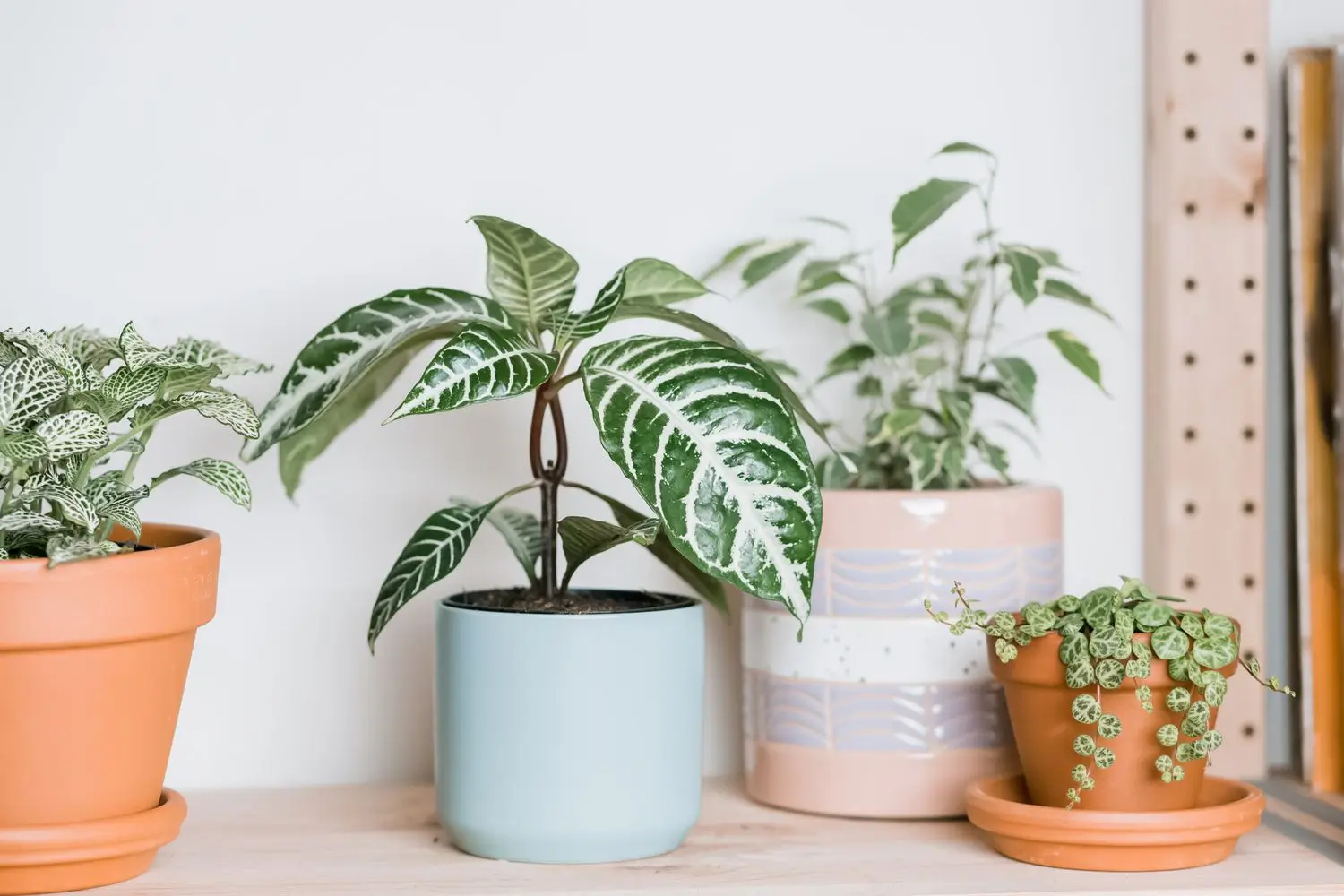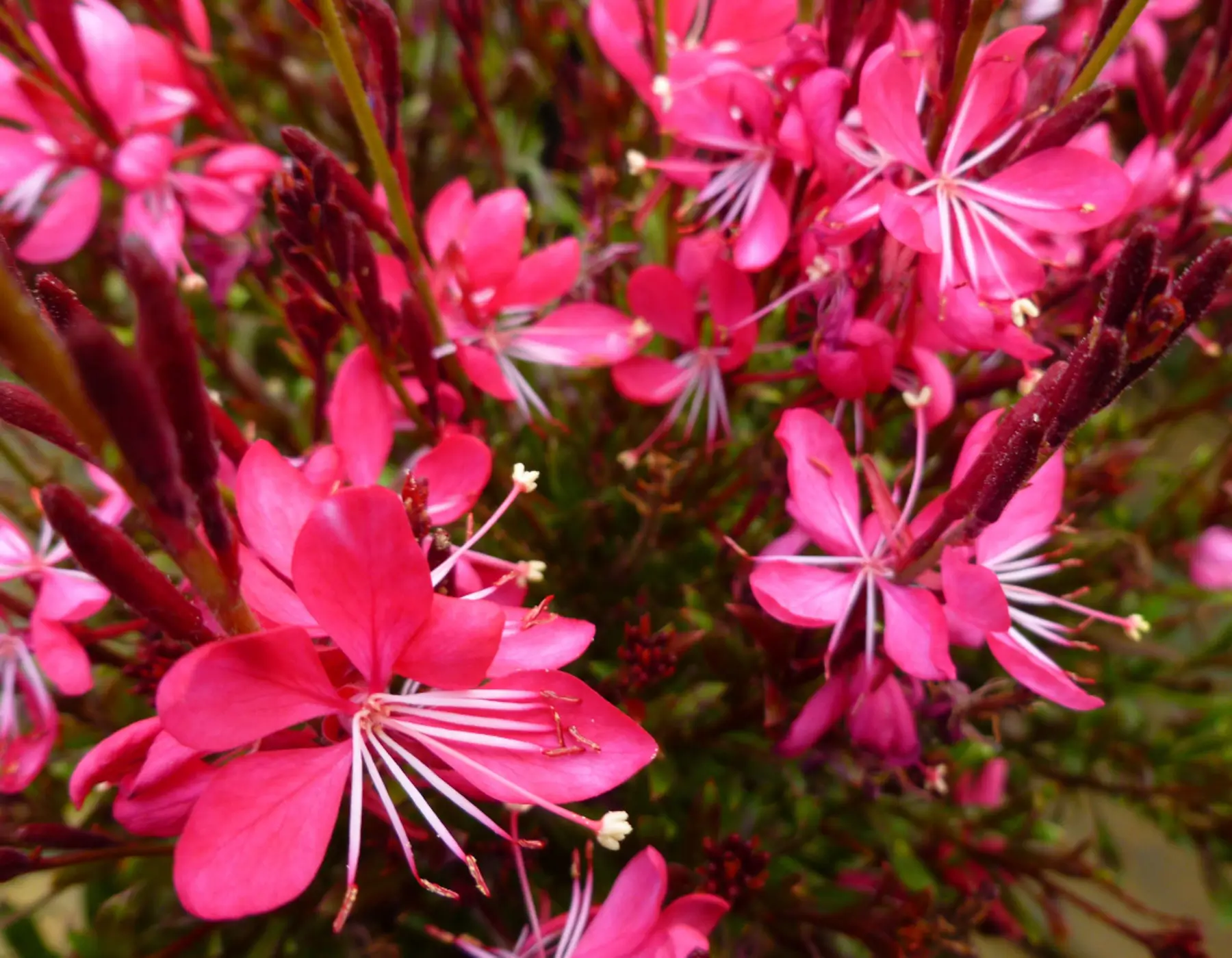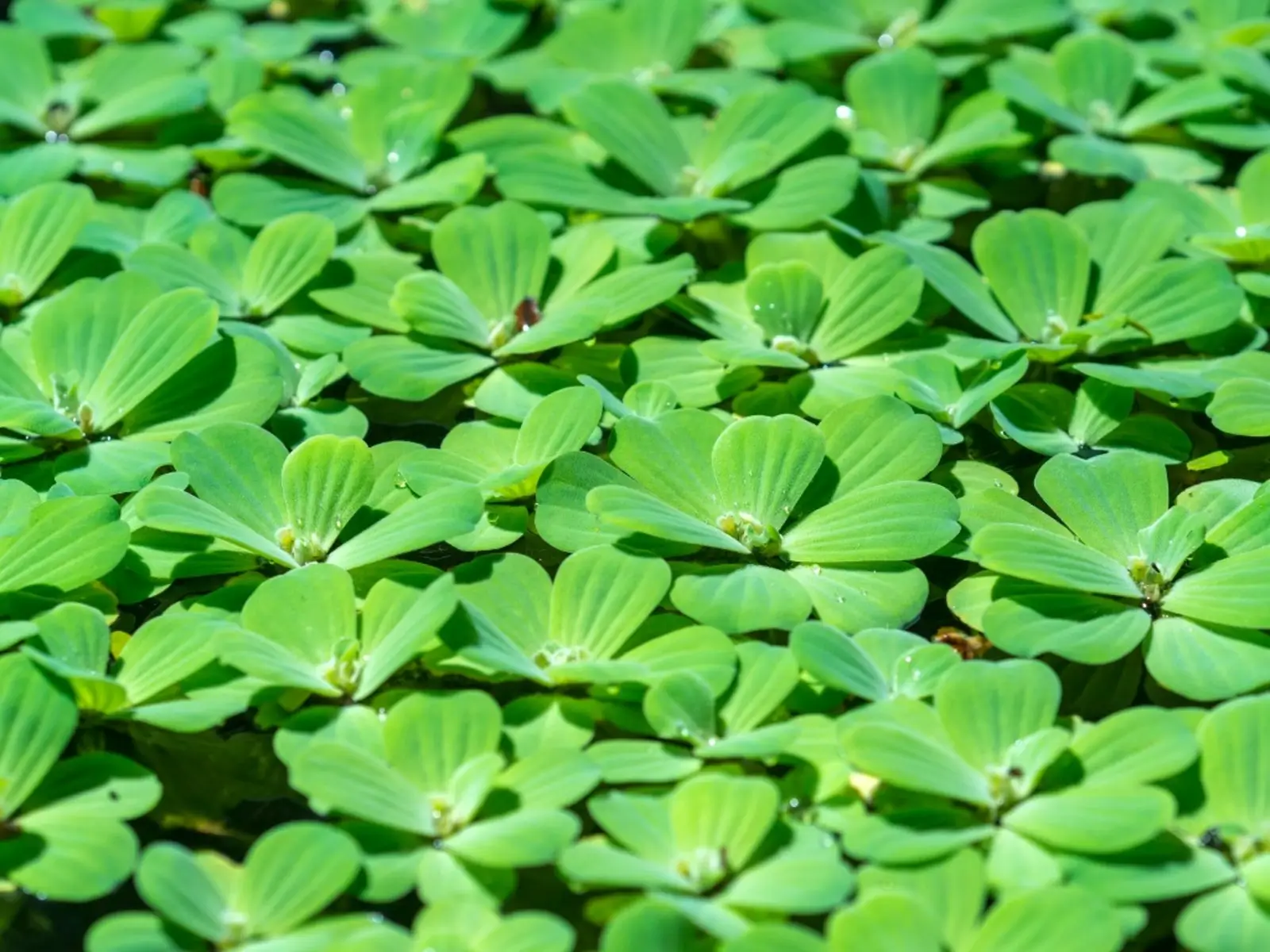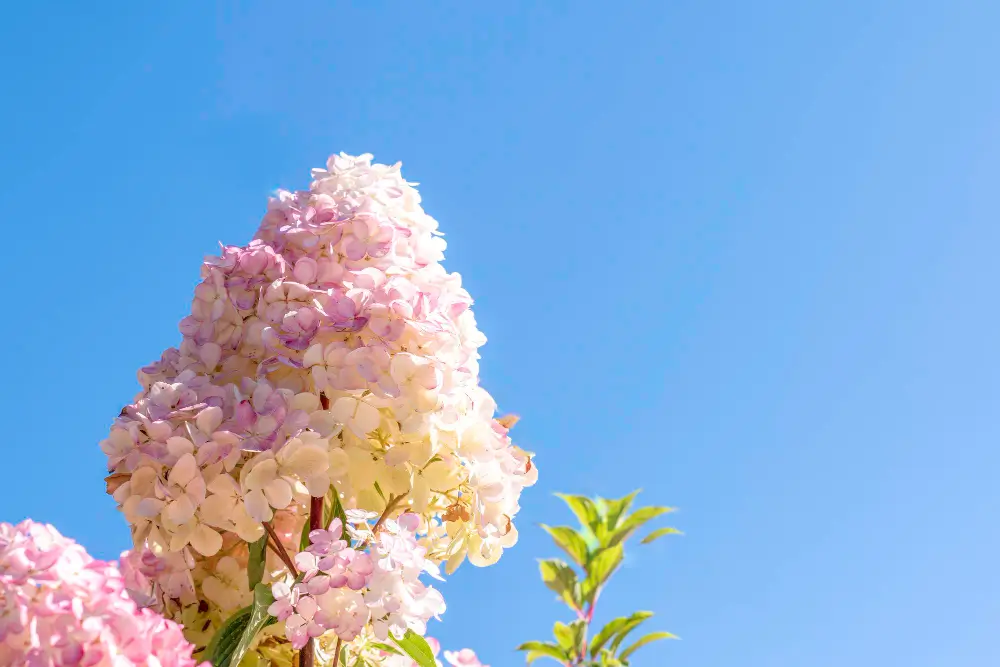
Soil Health & Fertilization
We unite suppliers and green industry professionals worldwide
The Zebra Plant (Aphelandra squarrosa) is a tropical houseplant native to the rainforests of Brazil, prized for its dark green leaves boldly striped with white veins
By Victor Miller
|Published on June 05, 2025


“Searching for a plant with bold foliage and exotic-looking blooms? The Zebra Plant is sure to bring drama, color, and personality to any indoor space.”
The Zebra Plant (Aphelandra squarrosa) is a tropical houseplant native to the rainforests of Brazil, prized for its dark green leaves boldly striped with white veins. While its striking foliage earns it the name "zebra," it's the bright yellow, pineapple-like flower bracts that truly steal the show when they appear.
If you are looking for an indoor accent, look to the Zebra Plant, which demands warmth, humidity, and consistent care. But for those willing to meet its needs, it offers a lush, exotic presence that few houseplants can match.
| Botanical Name | Aphelandra squarrosa |
| Common Name | Zebra Plant |
| Type | Tropical evergreen perennial (commonly grown as a houseplant) |
| Height | 1–2 feet indoors |
| Light Needs | Bright, indirect light |
| Soil | Rich, well-draining potting mix |
| Watering Needs | Moderate; keep soil evenly moist |
| Hardiness Zones | 11–12 (USDA, outdoor) |
| Time to Bloom | Late summer to early fall (indoors) |

September 25, 2025
9 minute read
September 24, 2025
9 minute read
September 23, 2025
10 minute read
September 22, 2025
9 minute read


Join as a seller and connect with thousands of B2B buyers nationwide!
Sign Up

Palm Tree
For centuries, palm trees have been symbols of leisure, dream travel, lush, tropical beauty. But more than their postcard-perfect appeal, palm trees are remarkably diverse, ranging from towering outdoor varieties like the Queen Palm to compact, elegant in

Wandflower
A Soft Bloomer That Dances in the Breeze

Water Lettuce
A Floating Beauty With a Leafy Name and Lush History

Quick Fire Hydrangea
Quick Fire Hydrangea is an early blooming, fiery-toned shrub that brings drama and color to the garden long before most hydrangeas even think about flowering. It comes into bloom as early as late spring, and sets landscapes aglow with frothy white flowers
Zebra Plant prefers the warm, humid environment of its native rainforest habitat—conditions you’ll want to replicate indoors for best results. Consistent moisture, high humidity, and bright but indirect light are key.
Plant it in a pot with great drainage and keep it where it remains above 65°F all year. Bathroom or kitchen windowsills are generally better, because of the higher humidity. While it can be a bit finicky, once it’s happy, the Zebra Plant rewards you with glossy foliage and showy yellow flower bracts that can last for weeks.
Plant them in bright, indirect light and they'll thrive. Too little light will cause the plant to grow leggy and flower poorly, while direct sun can scorch the leaves. East- or north-facing windows are perfect. Or, you can place it a few feet from a bright south window filtered with sheer curtains.
Employ a rich but well-draining potting mix — African violet soil or a homemade mix with peat, perlite and compost should provide what you’re looking for. Zebra Plants don’t tolerate soggy roots, so the soil needs to drain really well.
Maintain the soil evenly moist but never soggy. Zebra Plants prefer a moist area and do not like to completely dry out.
Tip: Use room-temperature water and avoid wetting the leaves
Prune to shape and to promote bushier growth.
Propagate Zebra Plants using stem cuttings in spring or early summer.
To propagate:
Zebra Plants grow very well in containers and are usually kept as houseplants.
Placing a pebble tray or small humidifier nearby can help maintain the moisture levels it craves.
Zebra plants are not hardy and should be kept indoors year round in most regions. In winter, reduce watering slightly and do not fertilize. Store them in a warm room (over 60°F) and away from cold drafts or heaters, which can dry the air. If the humidity drops too low, the plant might suffer — so mist often, or use a humidifier to maintain moisture in the air.
Zebra Plants usually flower in late summer or early fall, with large, bright yellow bracts that can last up to six weeks. The actual flowers are small and short-lived, but the colorful bracts provide lasting interest. Mature plants that are provided with plenty of light and water can bloom. After blooming, the plant may rest for a while, so don’t be alarmed if growth slows temporarily.
Zebra Plants are beautiful but sensitive. Here’s what to watch for:
Pests → Look out for spider mites, mealybugs, and aphids – treat with neem oil or insecticidal soap
Zebra Plants will add a touch of the tropics to your houseplant collection. They take a little more care than the typical houseplant, but with dramatic foliage and unique flowering display, they are worth the effort.
If you’re ready to level up your houseplant game and don’t mind a bit of pampering, the Zebra Plant will reward you with year-round beauty and a spectacular late-season bloom. Add this striped showstopper in your space and experience a piece of the rainforest at home.
It’s a bit finicky compared to tougher houseplants, but not impossible. For best results, keep the light bright, humidity high and the soil moist — not wet.
With proper care, yes! It flowers once yearly when it's fully grown, typically in late summer to autumn.
Only in very warm, humid climates (zones 11–12). Otherwise, it should be kept indoors.
Although eating any houseplant can cause mild stomach upset, it is classified as non-toxic to cats and dogs.
With proper care, Zebra Plants can live for many years! Some gardeners replace them after a year or two if they become leggy or stop blooming, but regular pruning and repotting can add years to their life.

Soil Health & Fertilization
Victor Miller

Pest Identification & Prevention
Victor Miller

Lawn Care Tips & Maintenance
Victor Miller

Soil Health & Fertilization
Victor Miller

Smart Irrigation Systems
Victor Miller

Patios, Walkways & Driveways
Victor Miller

Soil Health & Fertilization
Victor Miller

Pest Identification & Prevention
Victor Miller
My Account
Our team is always here to help.
We are open Monday - Friday, 9:00 AM to 4:30 PM PST.